Dental trauma
What to do if you or a child damages teeth in an accident
Dental trauma can happen to anyone through an accident or sports injury but it mostly affects children 10-12 years of age.
Teeth can be knocked out completely, moved away from their socket, pushed sideways, forward, backwards or pushed up into the socket. The teeth themselves can be chipped, fractured or split into many pieces.
Minor injuries and chipped teeth can be easily fixed by a dentist but more extensive traumatic injuries need specialist help urgently. This means treating the teeth immediately, as soon as the soft tissues (gums and lips) are stabilised and bleeding is controlled. The patient should be taken as quickly as possible to an endodontist, paediatric dentist or to an emergency care centre.
On the spot first aid
Any teeth that are knocked out should be collected. If the area is dirty, wash the tooth with plain water (no soap or chemicals) and place it immediately back into its original socket if possible. Hold the tooth only by the crown, not by the root, when moving or positioning. Push the tooth into place with finger pressure or get the person to bite down on the tooth gently and slowly. If the tooth cannot be replanted, keep the tooth moist in milk or place it in the mouth next to the cheek until the patient can be seen by a doctor. Teeth must be kept moist at all times.
The sooner the patient sees a specialist (ideally under 30 minutes), the better the chance of saving the teeth.
Most teeth can be saved
It’s natural to be distressed when confronted with a bleeding mouth with damaged teeth but there’s much we can do to restore teeth.
At myEndodontist, we will set to work to reposition teeth and stabilise gums. Any teeth that are fractured beyond repair can be extracted. Teeth with missing crowns can be repaired, with a root canal treatment and new porcelain or composite crowns.
Once the teeth are back into their former positions, you may need bonding with passive splints to allow the teeth to stabilise over a period of 6-8 weeks.
Remember if you are first seen by a general dentist or emergency department, get to your endodontist as fast as you can. We’ll open the surgery for you in an emergency if your accident is outside normal hours.
Diagrams showing examples of dental trauma
Dental trauma – dislodged tooth – inclusion
Dental trauma – tooth dislodged from gum and bone
Dental trauma – fractured root
Dental trauma – chipped tooth
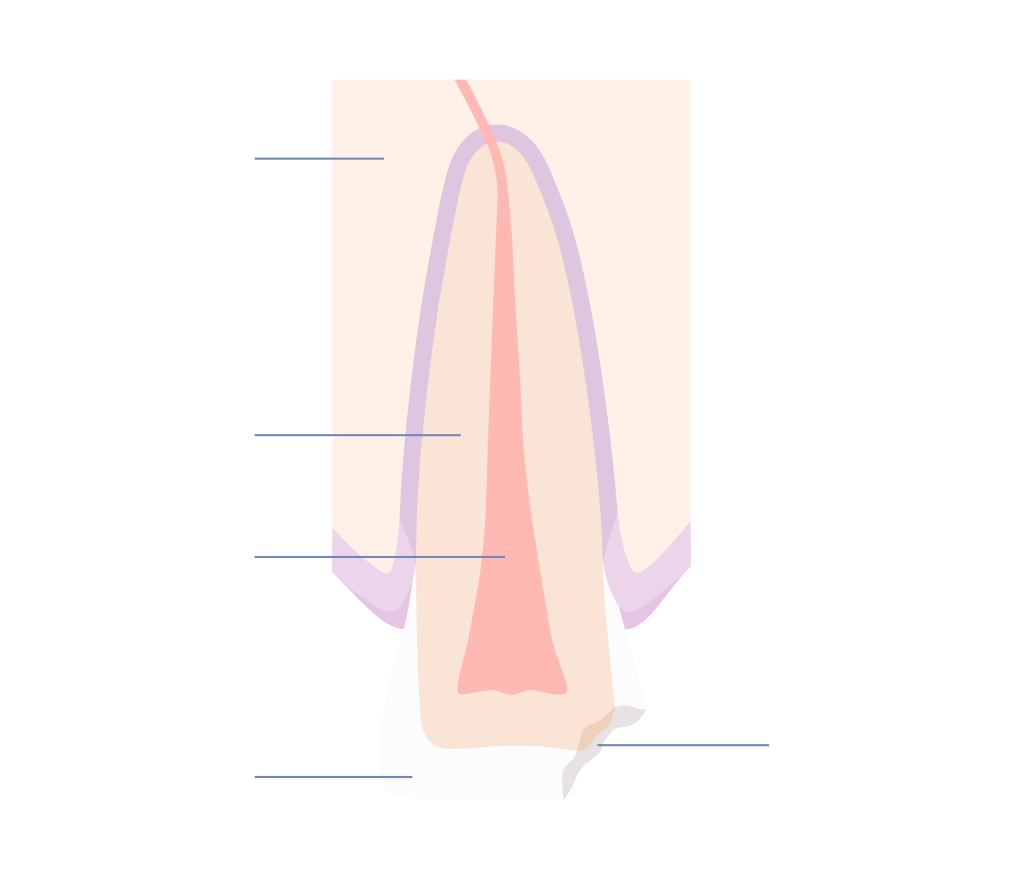
Dental trauma – a child's fractured tooth with exposure
